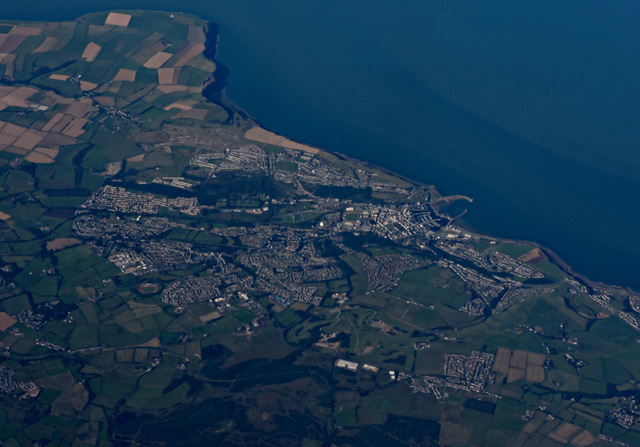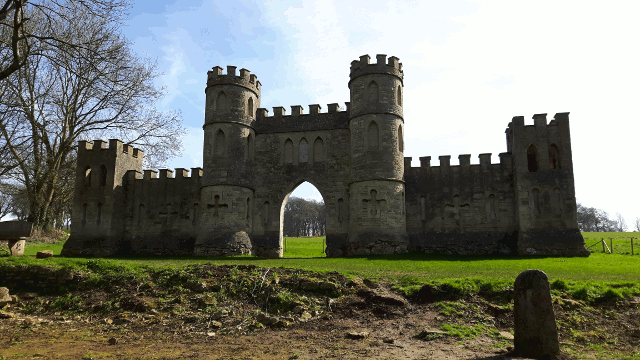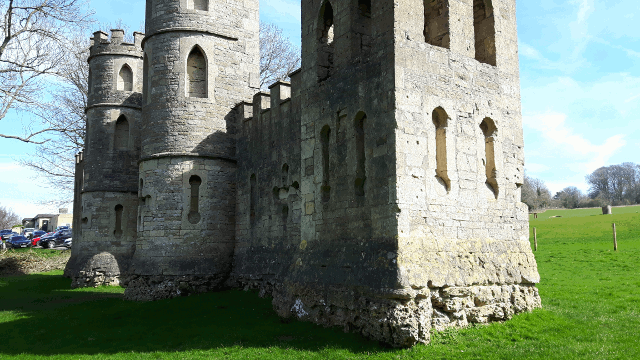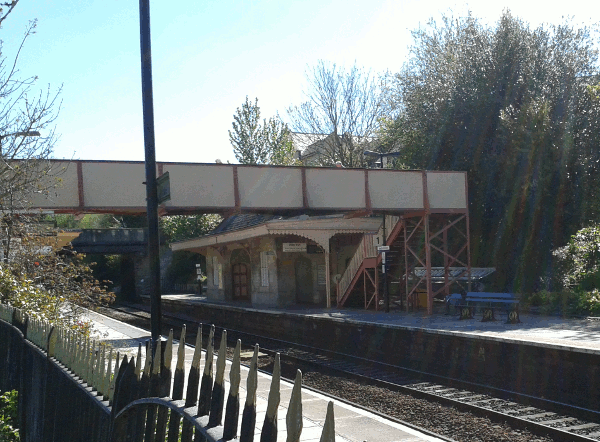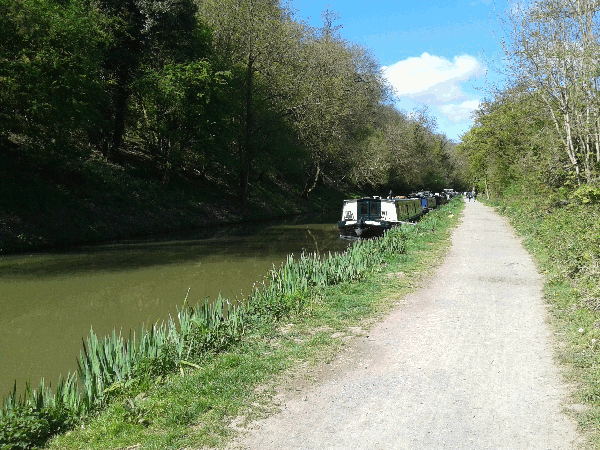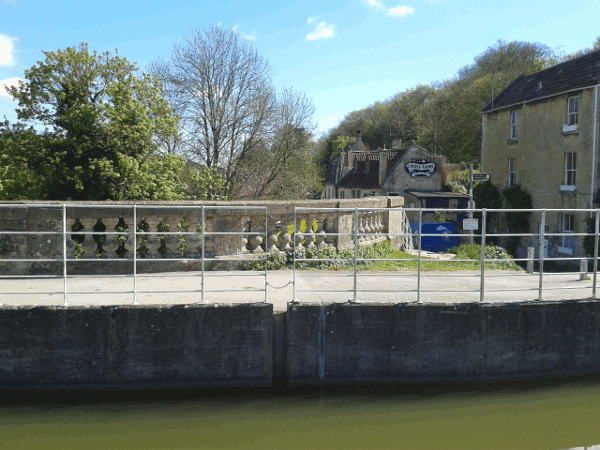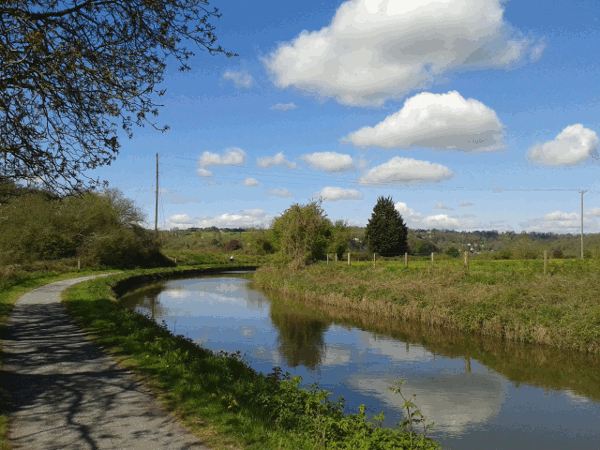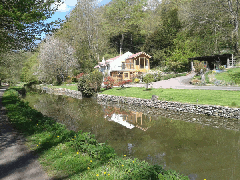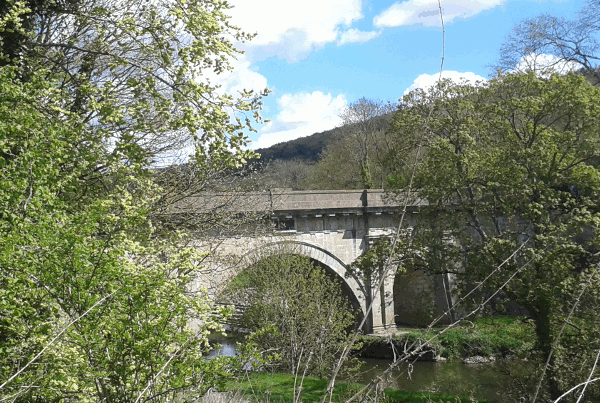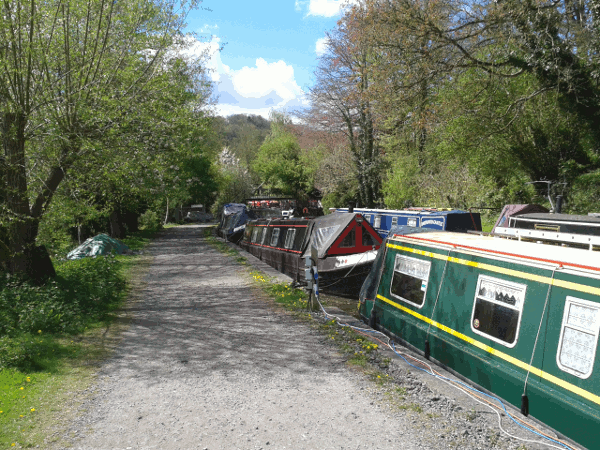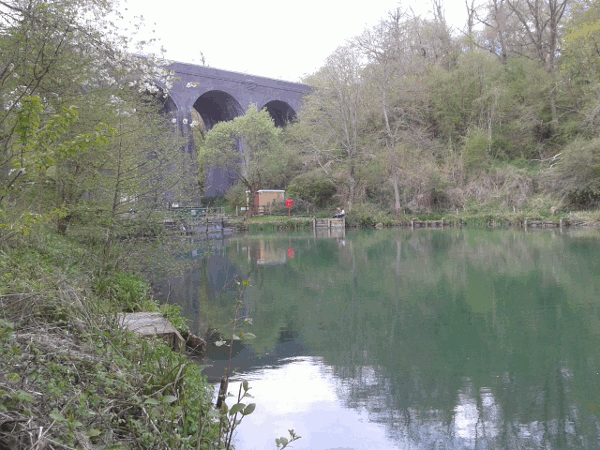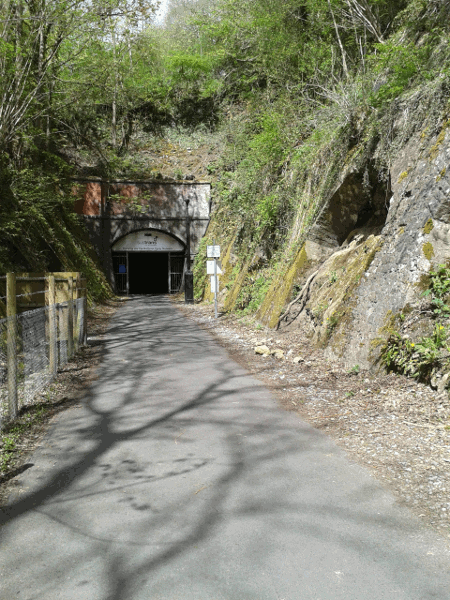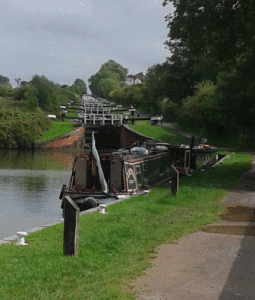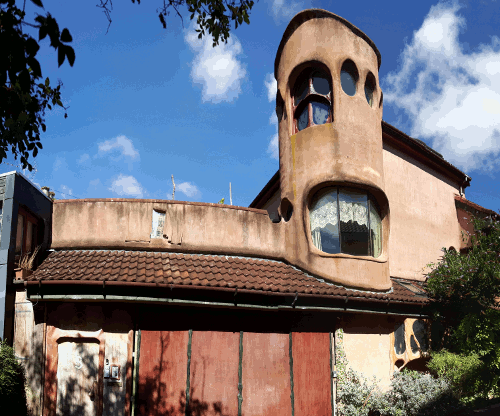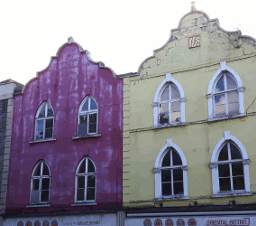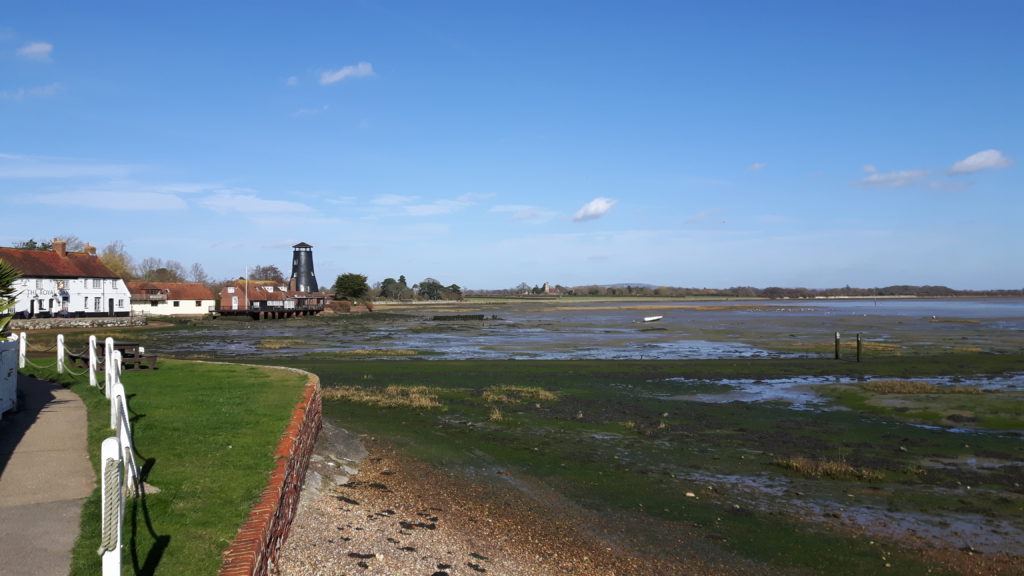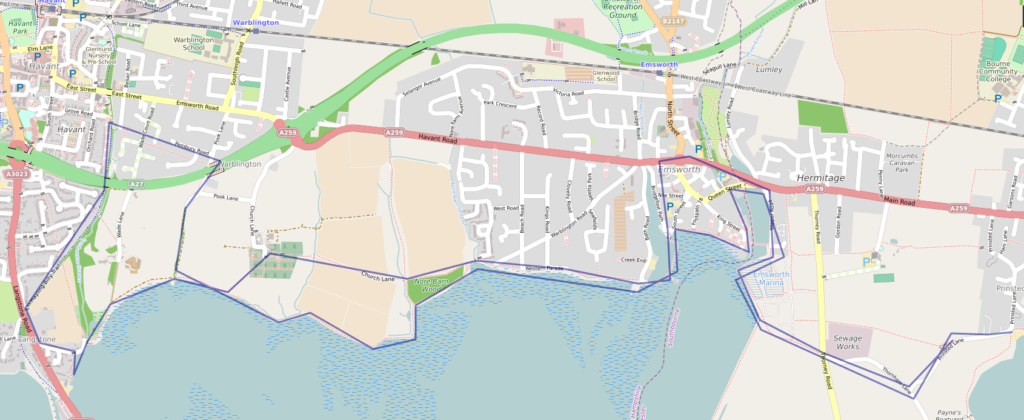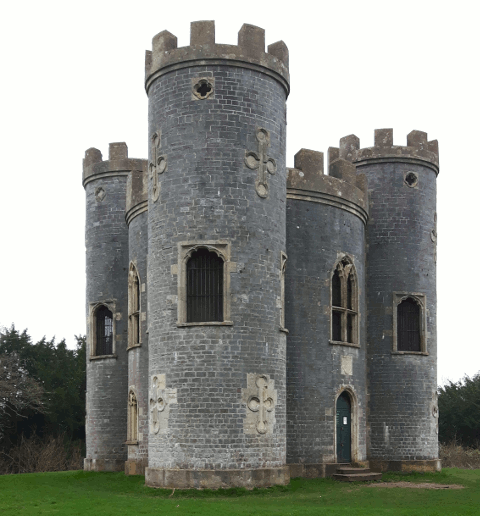Whitehaven
I recently visited Whitehaven to meet up with Sue & Matthew as they sail their boat up to Scotland. As is usual for their travels, this wasn't the original plan (which was to meet up in Liverpool). I travelled by train, with my original plan being scuppered from the start as the train from Romsey to Southampton was delayed by just enough to allow me to miss the Southampton to Birmingham International train. Fortunately this only caused a hour or so's delay to my journey (which got distinctly less busy the further North I went).
I stayed for three nights to allow us two days of sightseeing. Tuesday was spent travelling on the Ravenglass and Eskdale narrow gauge railway and exploring around Dalegarth, which included mistaking a river edge for the path we were aiming for - my excuse is that we weren't the first to make that mistake as evidenced by the boot tracks!
Wednesday we explored around Whitehaven including the Rum Story, which was surprising large and a good museum (lots of information boards and explanations of the exhibits, my personal preferred information source since it allows me to go at my own pace and speed). We also visited Haig pit, an old coal mine (the last one to be closed locally). This was also very interesting, though has only the surface building open.
My return trip was uneventful, which shows it is possible to travel the length of England without trouble (even if the odds are lower than 100%!)
